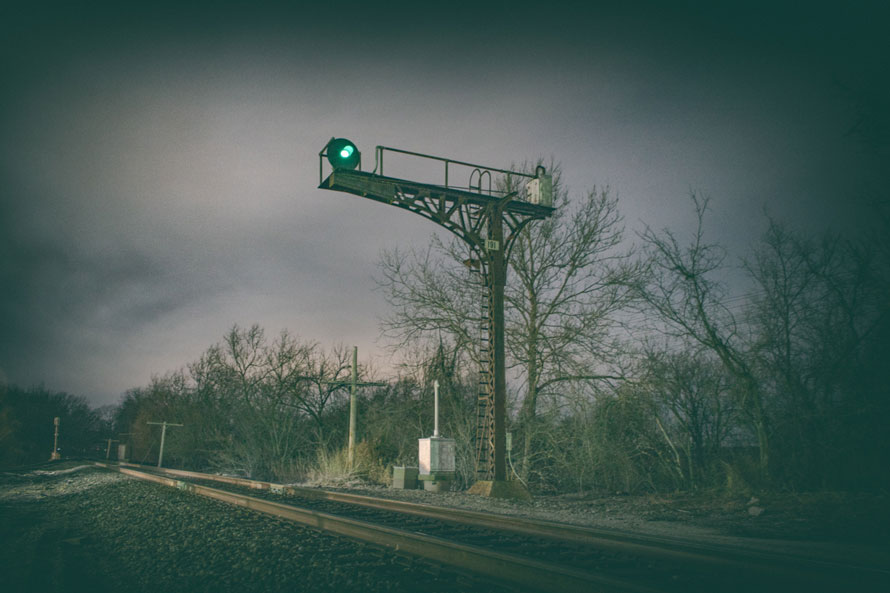
Since 2015, I have lived on or near the BNSF’s former Santa Fe Topeka Subdivision. This proximity has allowed me to watch firsthand the replacement of the searchlights, color light signals, and the code lines that have governed the subdivision for decades. All over the country, on busier lines, the old signals have been falling, rapidly replaced by Positive Train Control (PTC) and the new, “Vader” style color light signals. The BNSF’s former Santa Fe Topeka Sub is no exception. Running from Holliday to Emporia, Kansas (KS), this portion of the BNSF has acted as a relief valve for the busy Emporia Sub. It also hosts Amtrak’s #3 and #4, the east and westbound Southwest Chiefs. While the signals on many lines have been upgraded on many parts of the BNSF system, the Topeka Sub has largely been untouched. That is until now.
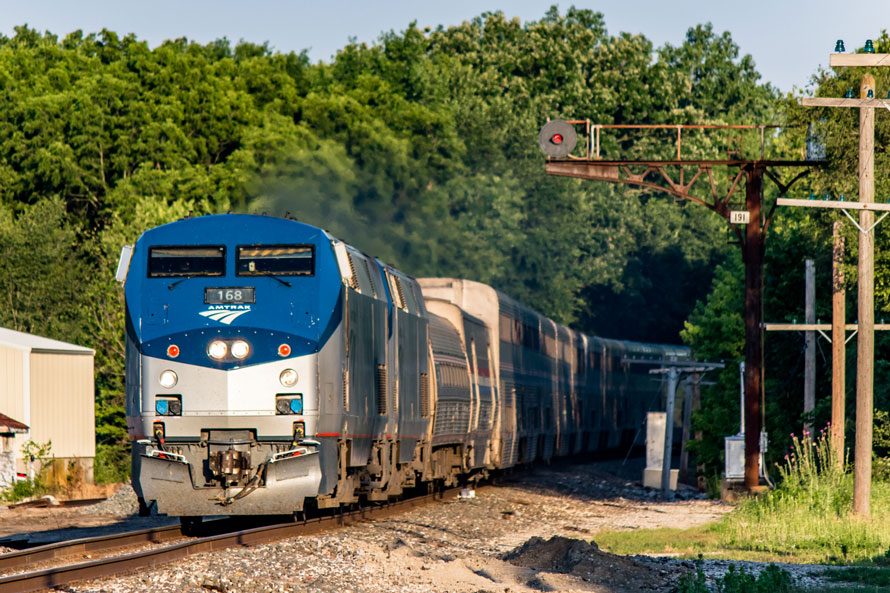
In late 2016 a rumor began to circulate that PTC would be installed on the Topeka Sub in 2017. This was later confirmed when I talked to a signal maintainer who informed that it was true. Further proof came when it was reported by the BNSF that they would invest over 100 million dollars to upgrade lines throughout Kansas. I decided it was time to capture the remaining searchlights and color light signals that were to be replaced. This would include the two remaining Santa Fe style cantilevers at Topeka and Eudora, KS.
Through the heat of summer and cold of winter, enduring wind, rain, snow, and fog, these signals have watched over their assigned block without fail for decades. Soon, however, they will fall, victims to the signalman’s torch, victims of legislation and time. The first indication of this came in the form of an internet post stating that crews had begun work at De Soto, KS, and were going to move west from there. I decided to drive over and have a look. One morning on my way to Kansas City I jumped off the highway and made my way trackside. When I arrived my heart sank—the rumor was true. Standing next to the searchlights were two shiny new control boxes, a sign of the impending installation of PTC at this location. It would not be long before the two searchlights would disappear; here today, gone tomorrow. On a return visit a few months later I found the signals gone, never to return. The days of searchlights and color light signals was ending on the Topeka Sub. Working my way west I began to document every accessible signal that I could between De Soto and Scranton, KS.
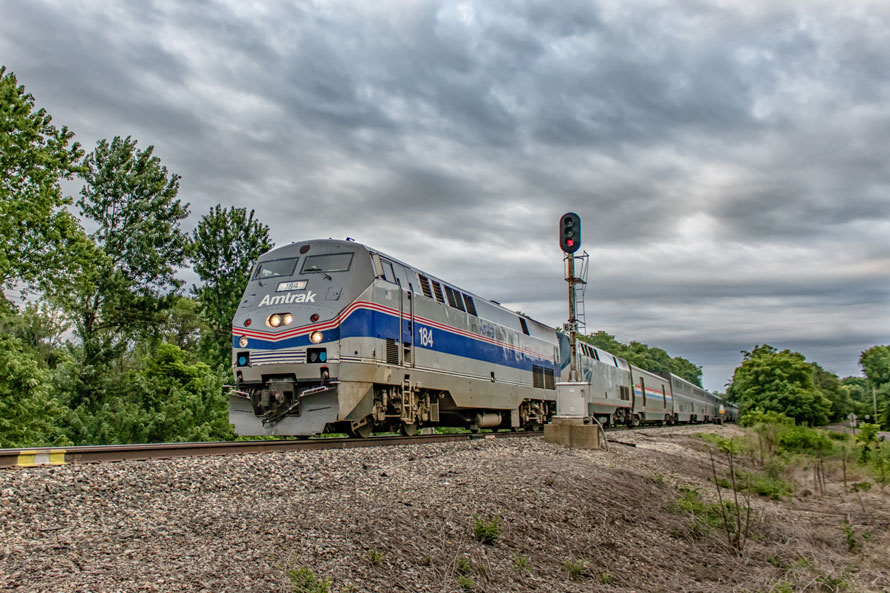
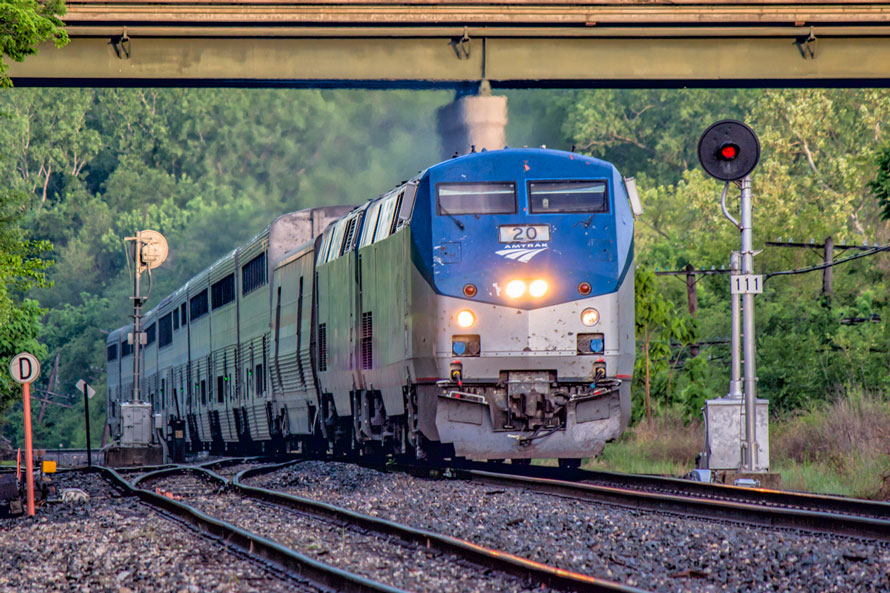
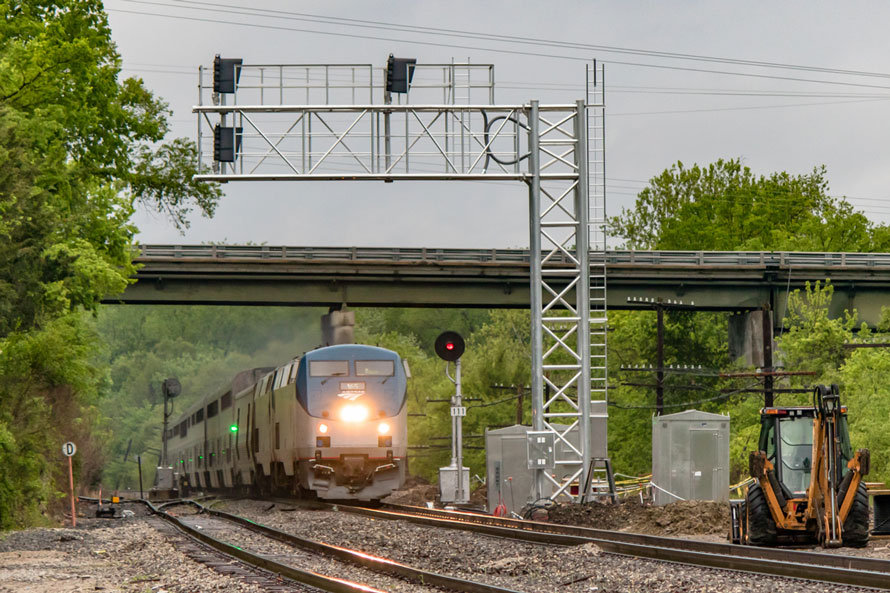
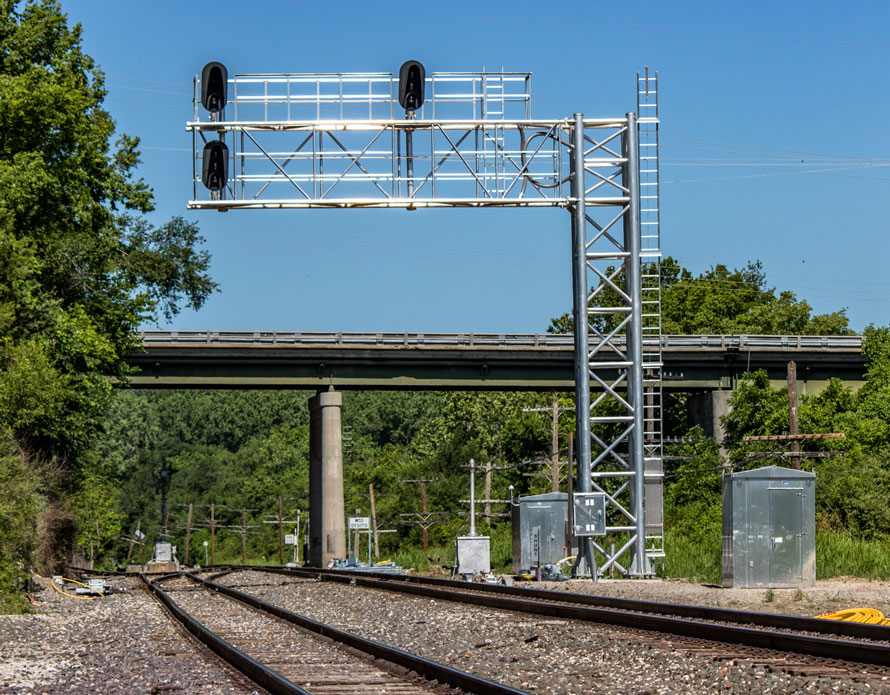
Standing at Eudora and Topeka, KS were the only remaining Santa Fe era cantilevers left in Kansas. For nearly a century, these fixtures of railroad landscape have withstood the brutal Kansas elements. Through the biting Kansas winters and relentless heat of summer, these signals have seen it all—rain, wind, and, snow. The cantilever at Topeka even survived the Topeka Tornado of 1966. Once common throughout the state, these two remain as reminders of a bygone era. On many occasions I have photographed the Southwest Chief and a few BNSF freights as they passed the cantilevers, taking for granted the fact that they could someday be gone. Fortunately there was still time and I made every effort to document their existence and demise as it occurred right before my eyes.
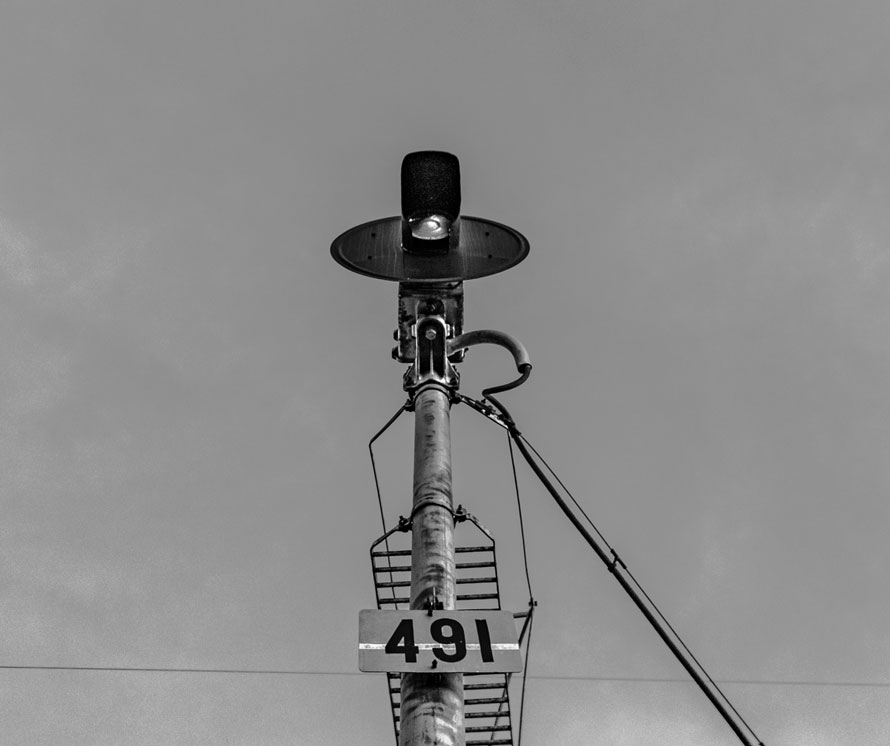
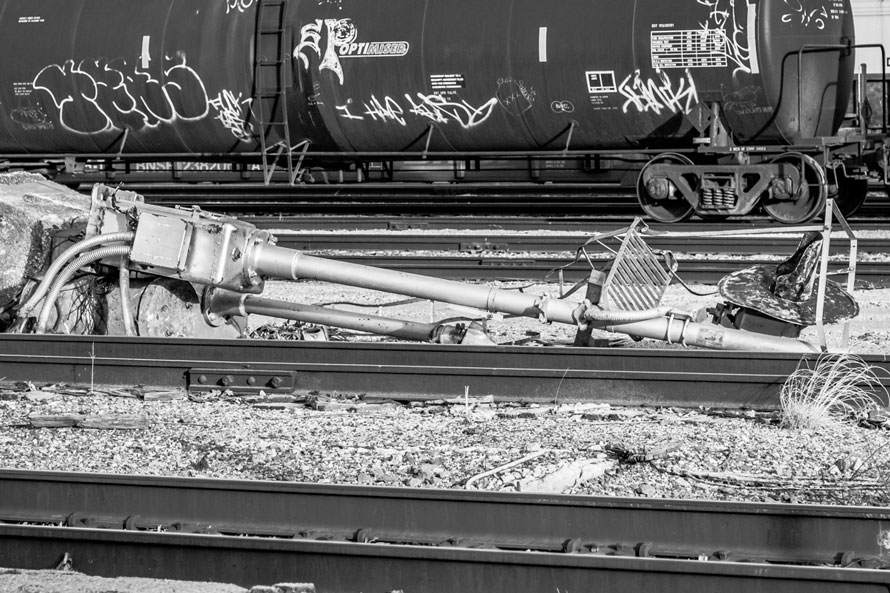
When the signals fall, so too will the code lines that have supplied power and communication between the signals for a century. Many of us have paid little attention to the poles that lined our favorite section of rail. Often considered a nuisance to photography, they have filled a need and now are a favorite subject of mine to be included in as many shots as possible. Code lines (line poles) have been a staple of railroading since the late 1800’s. One could not travel a two-lane highway in Kansas that did not parallel one of the many railroads that traversed the state. Between the highway and the rails were always line poles, some carrying a few lines, many carrying multiple rows of 8 or more lines. These allowed communications to take place between stations, line side telephones, and were generally used as a means of communicating with crews on the location of other trains. They were also used for communication by the public. With the installation of PTC signals, they are no longer needed. As the signals come down, so too will the code lines and poles that parallel the right-of-way.
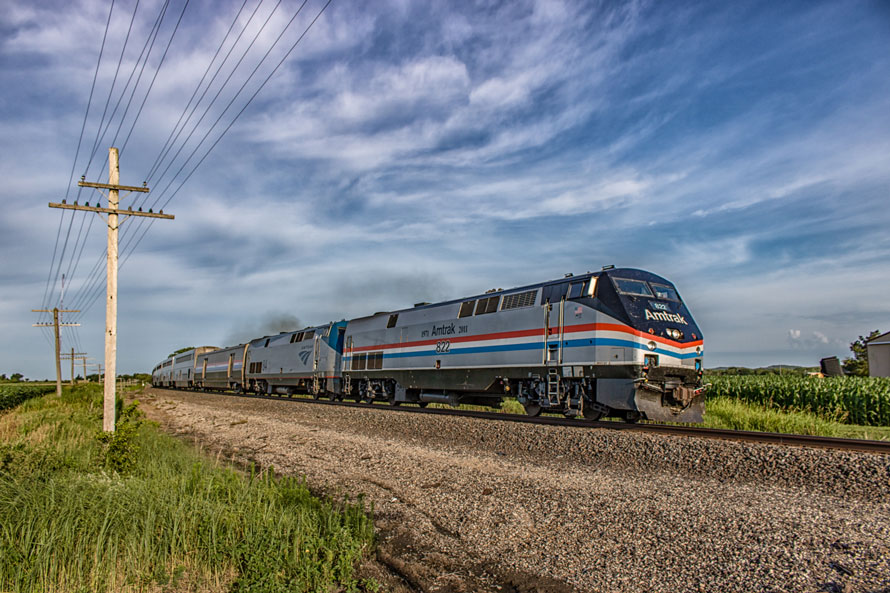
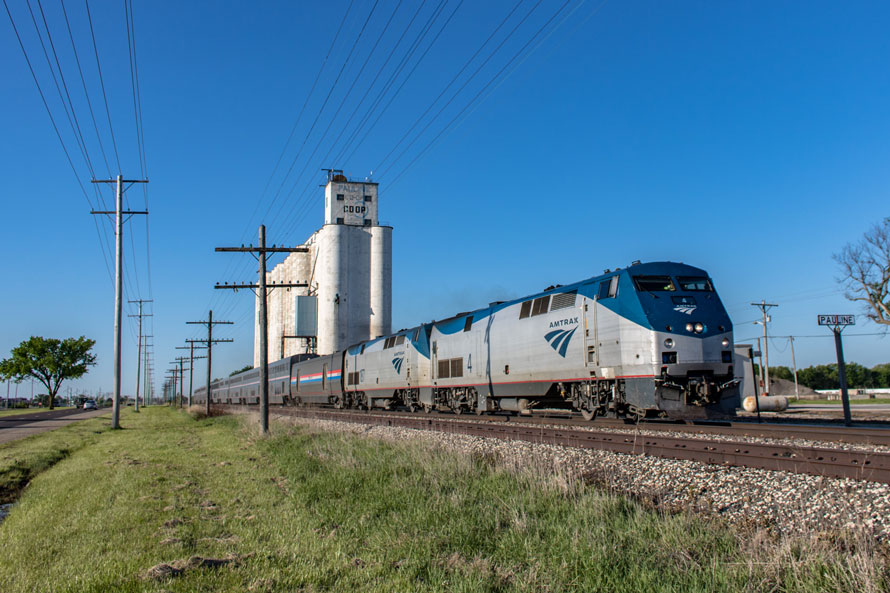
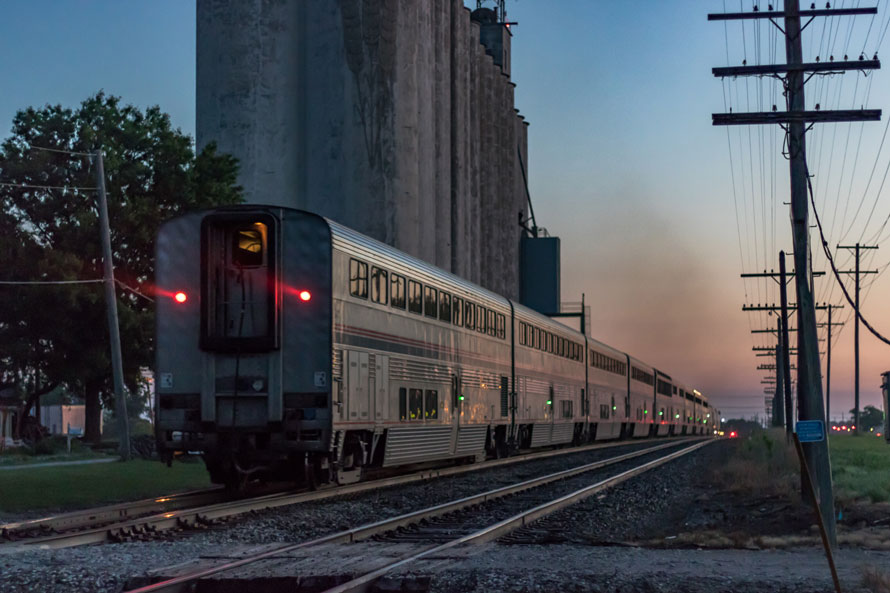
Since beginning to document these changes, I have moved, no longer passing the color light signals at Pauline on a daily basis. This has made documenting the change more difficult, but more noticeable when I find myself on the Topeka Sub. At last check, the searchlights at DeSoto, KS are gone. The cantilever with one US&S searchlight at Eudora KS, gone. The searchlights that used to stand on either side of Lawrence, KS, gone.
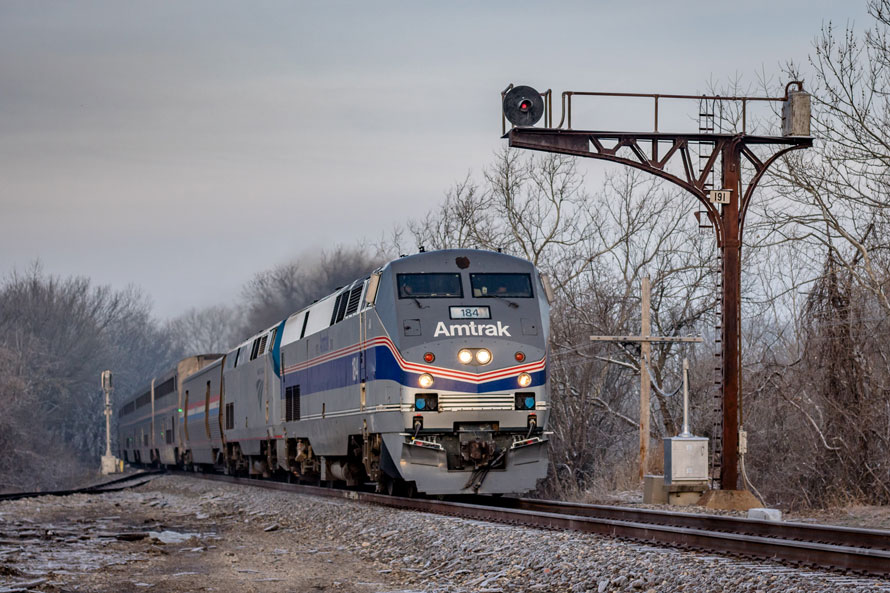
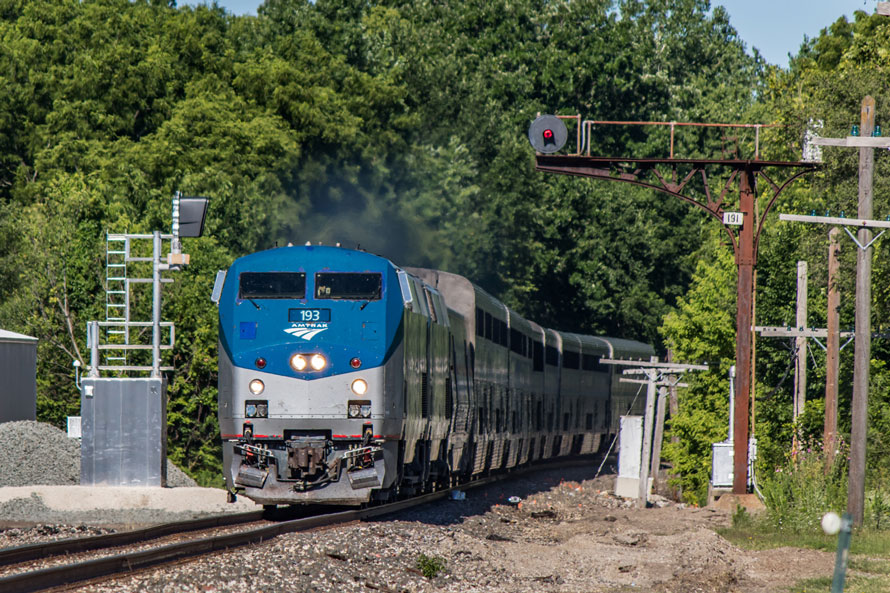
On a recent evening I made my way to the Amtrak depot in Topeka. As I arrived, I noticed a couple of searchlights on the ground and evidence that the lone remaining cantilever on the Topeka Sub will meet the same fate as the rest. Soon, they will all be gone, lost to history, remembered only in photos. As I sit here and type, I can’t help but wonder what other changes are in store for America’s railroads in my lifetime. I suppose time will tell.
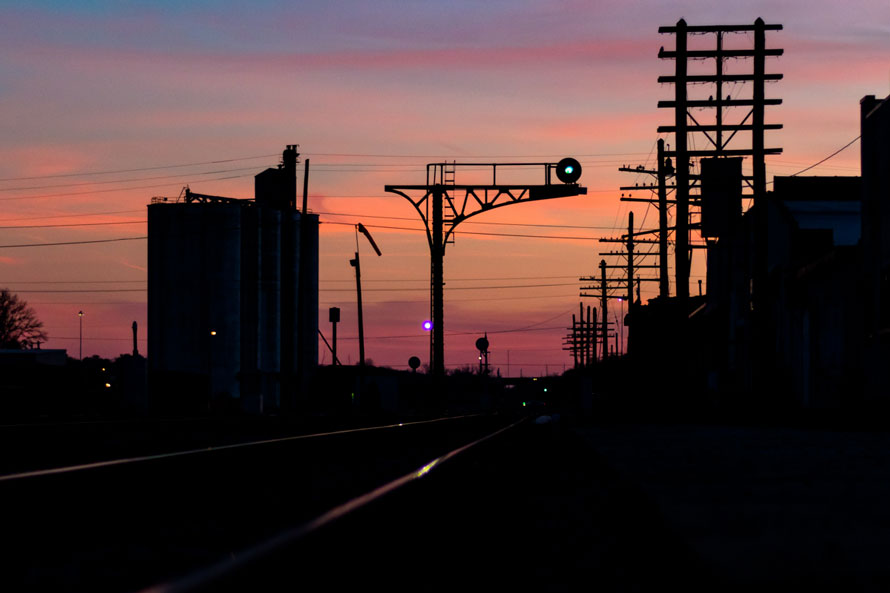
Cade Smith – Photographs and text Copyright 2018
Beautiful photos, Cade. I am glad you are documenting them in such a lovely way.
Thank you for your kind words, I appreciate them very much!
Excellent story and images Cade.
Thank you very much Fred, means a lot!
Cade, thank you for this testimonial to the changes being made. Signals have been such an integral part of railroading, that they have often been taken for granted. Whenever I pass a familiar location and find no signal, or a different signal, I always have a feeling that something is missing in this picture. As the searchlight signals disappear, it is some comfort that their long decades of service are being acknowledged and memorialized by you terrific photos.
Thank you Bob,
It has been quite an adjustment as some of the signals that have been replaced so you can no longer see them from once familiar vantage points.
Cade
In your photo “#4 passes the searchlights at De Soto KS”, the inside crossover switch on the siding is Reversed, whereas the outside switch on the main track is Normal. This appears to be a violation of rules – both switches of a crossover should be Normal or Reversed.
That said … great photos! Of interest might be the Google Maps overhead view from 2018, showing the new signals, and the accompanying Street View from Wyandotte St., July 2014, showing the searchlights.
Personally, I’ve always preferred color-light signals, having grown up on the Illinois Central. I find LED-equipped color-light signals much easier to read than searchlights.
We lived in Kansas in 1985-88 — a beautiful country.
Thank you Jack, II appreciate it very much!
Lovely sunset photo at the end there, Cade.